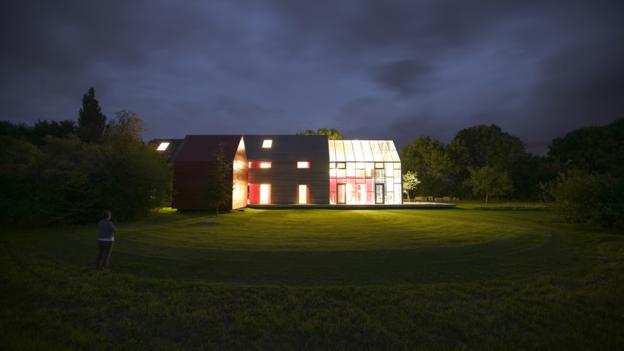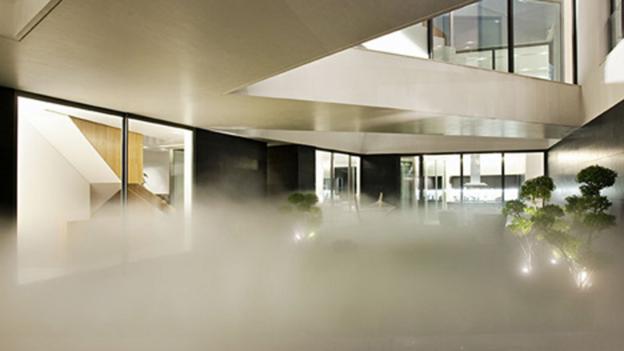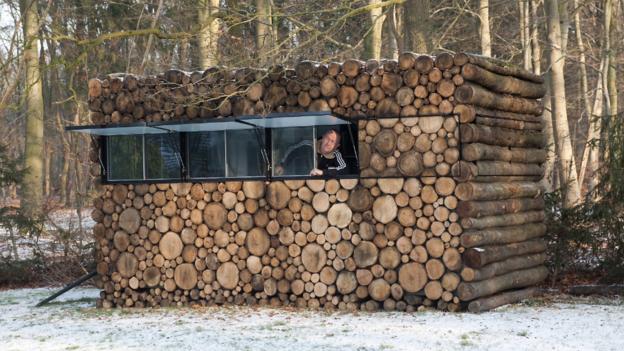Builders signed contracts on more homes in February 2015 than any time since early 2008 according to the Census Bureau and HUD. February seasonally-adjusted annual new home sales topped out at 539,000, up 7.8% from a healthy 500,000 in January. Sales increased a whopping 153% in the Northeast region but that was a make-up from an overabundance of snow in January that slowed the rate of sales to its lowest level in the 43 year history of the series. Sales were up 10.1% in the South to the highest level since early 2008. Sales were down 6% in the West but back to the level established in the fourth quarter of 2014. The Midwest saw a slight softening in sales (down 12.9% monthly and 3.6% annually) but still within the range of sales in the fourth quarter of 2014.

Inventories dropped slightly to 210,000, which with the increased sales rate, dropped the month’s supply to 4.7 months. Builders were able to sell an increased share of their homes from inventory in December and January. Along with the rise in sales suggests an improved starts picture in the future.

Prices rose 2.6% from last February to a median of $275,500. The shift is due to more sales at the upper end of the price spectrum as fewer first time buyers continue to push the only new sales more to the repeat buyer market. The share of homes sold for more than $500,000 increased from 11% in February 2014 to 15% in February 2015.
read more….
http://eyeonhousing.org/2015/03/new-home-sales-surge/








